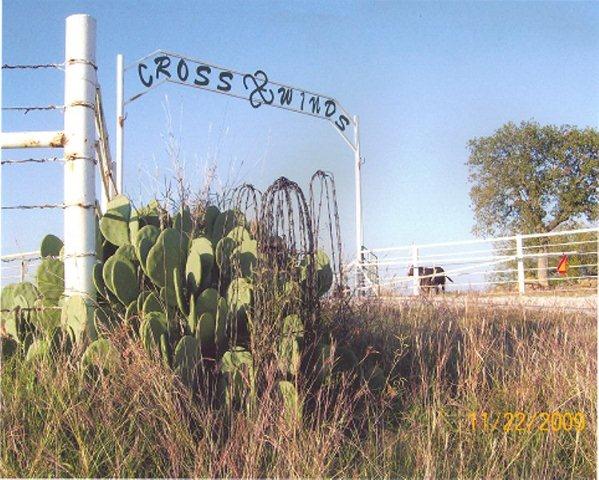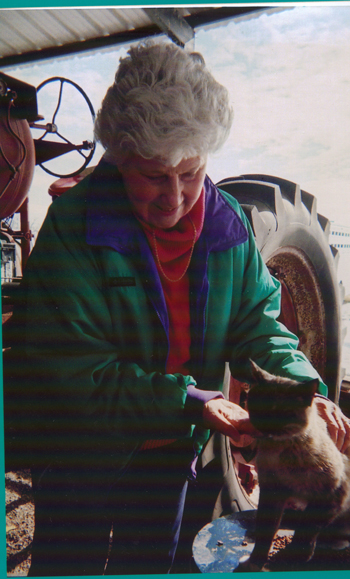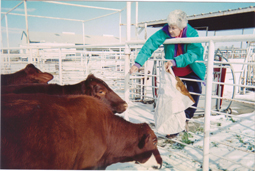Center for Western Cross Timbers Studies
The nonprofit organization is designed to document, record, educate, and inform about the Western Cross Timbers of Texas in words, film, and photographs through a website, CWCTS.org, field trips to various locations in the Western Cross Timbers, and conferences, seminars, workshops for all ages. Download What's in a name to learn more.
Mission statement:
CWCTS is a 501c3 non-profit organization designed to explore sense of place through discovery and reconnection with natural and cultural history on a local, national, and international scale. In our local efforts to document, record, educate, and inform about the Cross Timbers Region, we also extend our mission to include collaboration with and funding for national and international projects whose vision focuses on the foundational tools of communication and literacy to build sustainable communities. Our motto, “aprender a comunicar, comunicar para aprender”, “learning to communicate, communicating to learn”, fosters a collaborative, participatory environment to awaken the senses and reconnect by listening and learning from landscapes and human/non-human inhabitants, both past and present. Through sense of place conferences, workshops, seminars and field trips our goal, from a cross-cultural and intergenerational perspective, is to enliven individual senses leading to a personal awareness and ethic that translates into a dialogue resonating between participants within the group and beyond to the community as a mandate for sustainable action and stewardship. Joyce Gibson Roach was National President, 2009-2010.
 Crosswinds Ranch
Crosswinds Ranch
Crosswinds Ranch serves as a central location for CWCTS and is located in southwest Wise County. A second location in western Jack County on undeveloped acreage on the Bryson highway serves as a place for conservation research.
The name, Crosswinds, was given to the first acreage owned by the family located some three miles north of Keller. The place was situated on a finger of Blackland Prairie that interrupted the Cross Timbers for some distance. Only native grasses grew on the prairie for many years until other grasses for grazing were introduced. Watching the seasons roll, it was noticed that whenever a Norther was approaching, the winds swirled the grass in all four directions before finally settling in from the north and northwest. The name, Crosswinds, was a natural fit.
Although family tales differ about acquisition, the brand, officially known as Crosswinds Bar, seemed to suggest the swirling of winds from all directions and thus fit the name. Some, however, remember that the brand was a separate purchase and the name Four C’s was another. It may also be that the curved nature of the four parts of the brand were intended to represent four C’s, but, if that is the case, it would appear that the letters are backward on the brand. A mystery—and there are none left who remember exactly the way it was. Nevertheless, the brand and the name of the ranch moved with the location from Tarrant to Wise County in 1996.
Crosswinds Ranch and CWCTS
 While many with even a brief acquaintance with conservation causes are aware that the interests of ranching, conservation and energy do not mix and may forever be at odds, it is, nevertheless, the intent, hope, and earnest pursuit of CWCTS Directors to establish a dialogue and focus of mutual interdependence, one with the other, in whatever ways possible.
While many with even a brief acquaintance with conservation causes are aware that the interests of ranching, conservation and energy do not mix and may forever be at odds, it is, nevertheless, the intent, hope, and earnest pursuit of CWCTS Directors to establish a dialogue and focus of mutual interdependence, one with the other, in whatever ways possible.
 Crosswinds, itself, is a ranch with cattle raising operations. Native grasses grow in abundance in parts of the acreage. In other places there are pastures of introduced grasses where grazing as well as hay production is undertaken. Such pastures were established long ago, as early as 1949 when the ranch house was built. However, no new pastures were developed or ever will be. No land is plowed up except in the existing pastures and that in order to replant. No roads, except the original gravel road built by Mitchell Energy many years ago to access their wells, are on the ranch. Access are dirt roads, impassable in times of rain.
Crosswinds, itself, is a ranch with cattle raising operations. Native grasses grow in abundance in parts of the acreage. In other places there are pastures of introduced grasses where grazing as well as hay production is undertaken. Such pastures were established long ago, as early as 1949 when the ranch house was built. However, no new pastures were developed or ever will be. No land is plowed up except in the existing pastures and that in order to replant. No roads, except the original gravel road built by Mitchell Energy many years ago to access their wells, are on the ranch. Access are dirt roads, impassable in times of rain.
The magnificent stands of native trees, among them the Post Oak and Black Jack Oak of the Old Cross Timbers, as well as a wealth of other trees, understory and riparian vegetation is left undisturbed except where the cows find places to shelter and hide their young and water in the creek or tanks, also constructed years ago. Many other wild animals such as deer, bobcat, beaver, turkey, coyote, possum, raccoon, and skunks do the same. Oh, yes, and feral pigs!
No mineral rights are owned at Crosswinds, those being sold away beginning in 1937. Energy companies, nevertheless, appear from time to time with demands, pleas, less than courteous entreaties—original oil and gas lease agreements in hand—wanting to resurvey, negotiate easement agreements, drill, bulldoze, build, et al. Under prior agreements, there is no way to stop such entities, but they can be slowed down now and at least reasonable ways worked out.
Why now? Because Conservation is a real discipline now with the support of political, legal, and educational institutions, to name just a few. Legal issues are real and no longer shoved under the rug by many land owners in exchange for money. Energy companies can no longer dig in environmentally fragile areas, can’t destroy landscape at will, and must survey historical, archaeological, and cemetery sites before drilling, building, or dozing. Even some Energy companies cooperate.
At Crosswinds, Brazos Electric Co-op, owning easement rights for many years, let us know they were replacing old, wooden poles with new concrete ones. They did not offer money; we didn’t expect any. Yet, they cordially gave us all the old wooden poles that have many uses around a ranch, using their heavy equipment to place them where we asked. Workmen removed all the rock used as base for driving heavy equipment and placed it all where we designated. The rock is used for filling in places in dirt trails—all improved because of their consistent traffic of equipment but only in already defined territory—and in eroded places on the ranch. They made their own gates, built their own fences, and don’t try to come and go at any other places. Yes, their poles marching right down the middle of Crosswinds, aren’t a pretty sight, but it isn’t a bad exchange for improving our land in their own way.
The variety of interests informs CWCTS; reflects and represents life interests that might seem to be at cross purposes, at least in the area of Conservation—ranchers, environmentalists, lawyers, artists, writers, thinkers, those in favor of energy companies and those who aren’t, folklorists, scientists, photographers, teachers. One and all have, however, a deep and abiding love of the land and the natural world, regardless of who owns it anywhere in the world.
Joyce Gibson Roach


